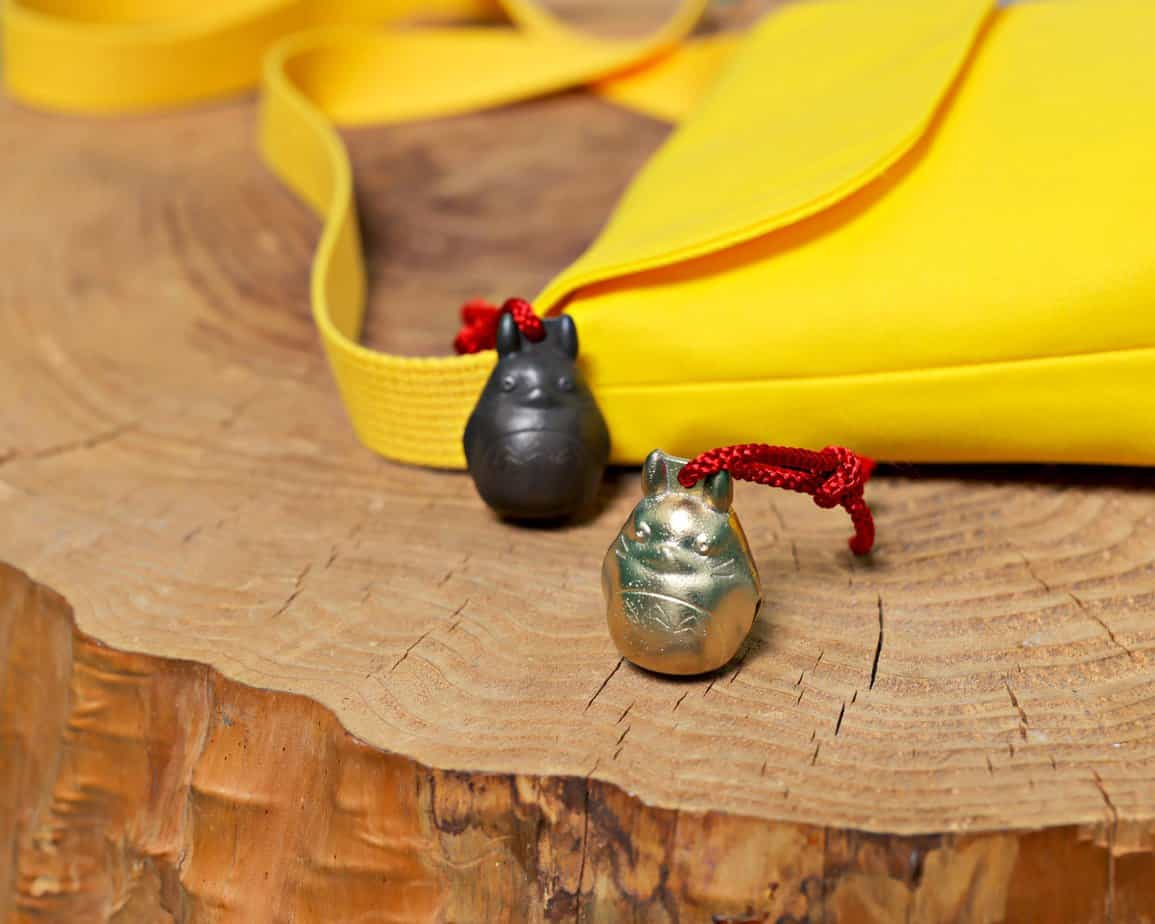This year has given us occasion to revisit the 1928 Disney cartoon Steamboat Willie, what with its entry — and thus, that of an early version of a certain Mickey Mouse — into the public domain. Though it may look comparatively primitive today, that eight-minute black-and-white film actually represents a great many advancements in the art and technology of animation since its inception. You can get a sense of that entire process, just about, from the video above, “The Evolution of Animation 1833–2017,” which ends up at The LEGO Batman Movie but begins with the humble phenakistiscope.
First introduced to the public in 1833, the phenakistiscope is an illustrated disc that, when spun, creates the illusion of motion. Essentially a novelty designed to create an optical illusion (the Greek roots of its name being phenakizein, or “deceiving,” and óps, or “eye”), it seems to have attained great popularity as a children’s toy in the nineteenth century, and it later became capable of projection and gained utility in scientific research. Pioneering motion photographer Eadweard Muybridge’s Zoopraxiscope, now immortalized in cinema history as a predecessor of the movie projector, was based on the phenakistiscope.
The first moments of “The Evolution of Animation” include a couple of phenakistiscopes, but soon the compilation moves on to clips starring somewhat better-known figures from the early twentieth century like Little Nemo and Gertie the Dinosaur. But it’s only after Steamboat Willie that animation undergoes its real creative explosion, bringing to whimsical and hyperkinetic life not just human characters but a host of animals, trees, and non-living objects besides. After releasing the monumental Snow White in 1937, Disney dominated the form both technologically and artistically for at least three decades. Though this video does contain plenty of Disney, it also includes the work of other studios that have explored quite different areas of the vast field of possibility in animation.
Take, for example, the psychedelic Beatles movie Yellow Submarine, the French-Czech surrealist science-fiction fable Fantastic Planet, the stop-motion between-holidays spectacle of The Nightmare Before Christmas, and of course, the depth and refinement of Hayao Miyazaki’s Studio Ghibli, beginning with Nausicaä of the Valley of the Wind (which came before the formation of the studio itself). From the mid-nineties — with certain notable exceptions, like Wallace & Gromit: The Movie and Charlie Kaufman’s AnomaLisa — computer-generated 3D animation more or less takes over from the traditional varieties. This has produced a number of features widely considered masterpieces, most of them from the now-Disney-owned Pixar. But after experiencing the history of the form in miniature, it’s tempting to hope that the next stage of the animation’s evolution will involve the rediscovery of its past.
Related content:
Behold the World’s Oldest Animation Made on a Vase in Iran 5,200 Years Ago
Gertie the Dinosaur: The Mother of all Cartoon Characters (1914)
Early Japanese Animations: The Origins of Anime (1917–1931)
Based in Seoul, Colin Marshall writes and broadcasts on cities, language, and culture. His projects include the Substack newsletter Books on Cities, the book The Stateless City: a Walk through 21st-Century Los Angeles and the video series The City in Cinema. Follow him on Twitter at @colinmarshall or on Facebook.






